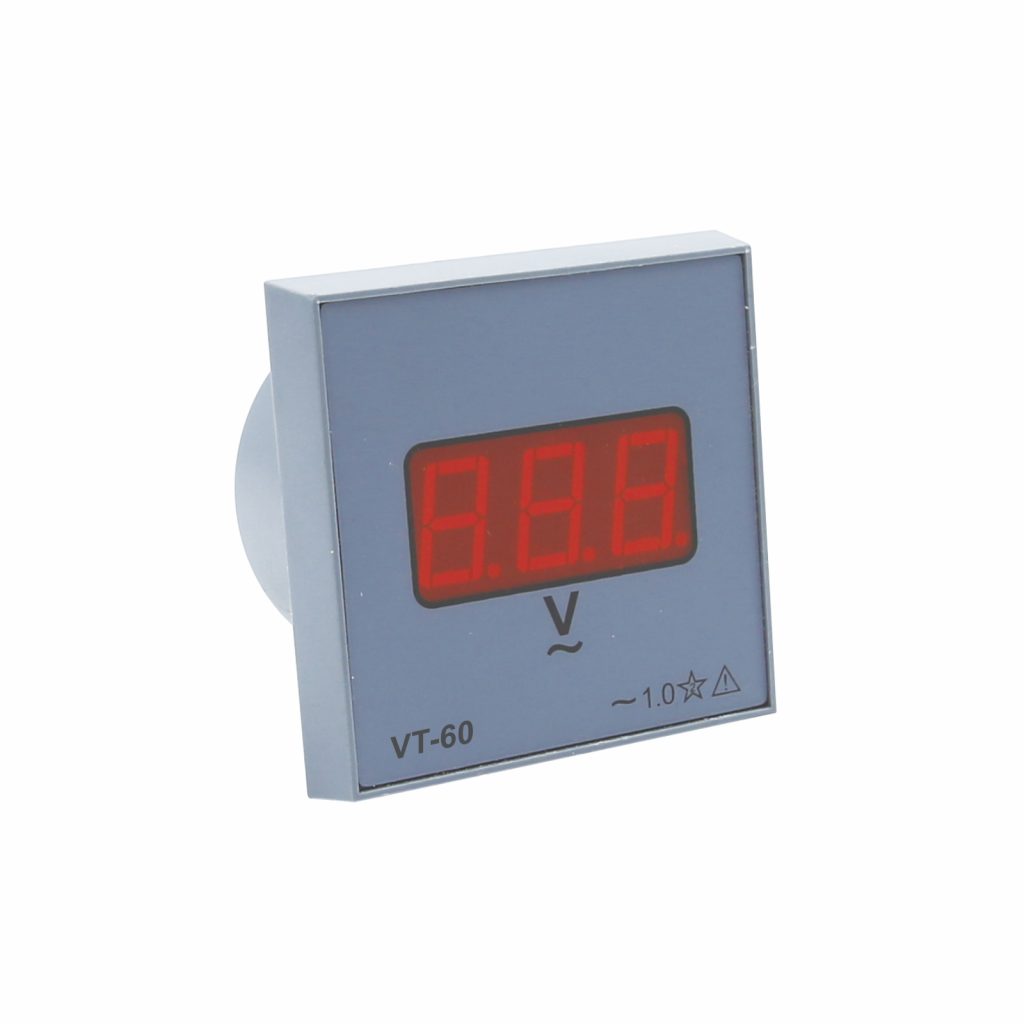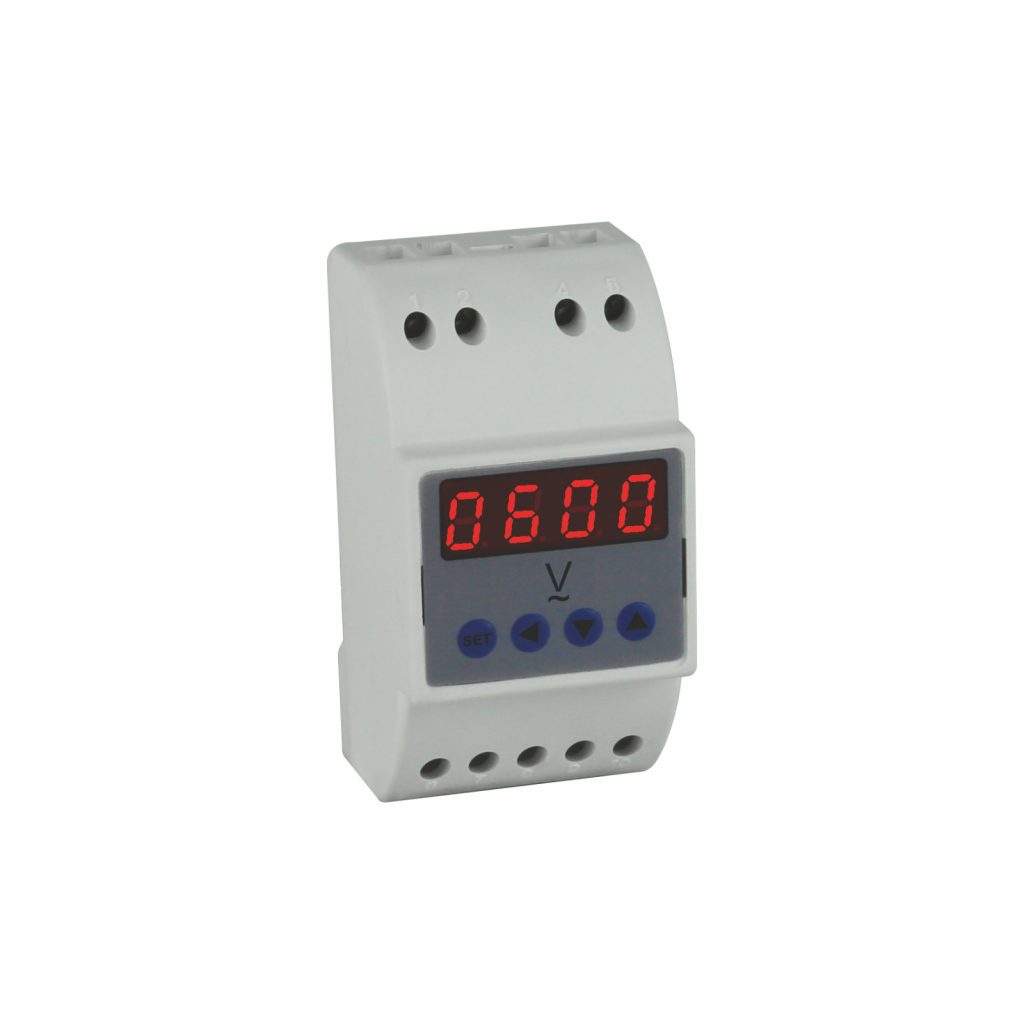The Complete Guide to Panel Meters
Table of Contents
TogglePanel meters are essential instruments used to measure and display various electrical and non-electrical parameters in a wide range of applications. They provide real-time monitoring of critical parameters, enabling operators and engineers to make informed decisions and maintain control over processes. The Complete Guide to Panel Meters offers comprehensive insights into the different types of panel meters, their functions, and applications, showcasing their significance in diverse industries and settings.
What are the Types of Panel Meters
Analog Panel Meters: Analog panel meters have a traditional needle and scale design. They are commonly used to display electrical parameters such as voltage, current, and power. The position of the needle on the scale provides a visual representation of the measured value.
Digital Panel Meters: Digital panel meters have a digital display that shows numerical readings of the measured parameter. They offer higher precision and accuracy compared to analog meters and can measure a wide range of electrical and non-electrical parameters.
Multifunction Panel Meters: Multifunction panel meters are versatile instruments that can measure multiple parameters, such as voltage, current, frequency, power factor, and temperature, on a single display. They offer the advantage of space-saving and simplifying panel layouts.
Power Meters: Power meters are specialized panel meters designed to measure electrical power parameters, including active power (kW), reactive power (kVAR), apparent power (kVA), and power factor.
Energy Meters: Energy meters are used to measure electrical energy consumption over time. They are commonly used in utility applications for billing and monitoring energy usage.
Temperature Meters: Temperature meters measure and display temperature values. They are used in various applications, including HVAC systems, industrial processes, and laboratory equipment.
Digital Panel Meters with Communication Protocols: Some digital panel meters come equipped with communication protocols, such as Modbus, RS-485, or Ethernet, allowing them to communicate data to remote monitoring systems or SCADA (Supervisory Control and Data Acquisition) systems.
What’s the Difference Between Digital Panel Meters and Analog Panel Meters
Analog panel meters and digital panel meters are two types of panel meters used to display input signals. Here are the differences between the two:
Analog Panel Meters:
- Uses a needle to show the value of the input signal.
- The needle moves in response to changes in the input signal.
- The readings are less precise than digital panel meters.
- Analog panel meters are better suited for signals that vary widely over a small range.
Digital Panel Meters:
- Displays the value of the input signal in numeric form on a screen.
- The readings are more precise than analog panel meters.
- Digital panel meters are better suited for signals that only vary slightly over a large range.
- They provide the greatest resolution and have an easier-to-read display, particularly in low light.
What are the Functions of Panel Meters
Monitoring: Panel meters provide real-time monitoring of various parameters, helping operators and engineers keep track of critical values and take appropriate actions when necessary.
Control: Panel meters play a vital role in control systems, where they provide feedback to control devices and ensure that processes are operating within desired limits.
Safety: In many applications, panel meters serve as safety instruments, providing alarms or visual indications when parameters exceed predetermined thresholds.
Energy Management: Energy meters are crucial in energy management systems, allowing users to monitor and optimize energy consumption.
Process Optimization: Panel meters help optimize industrial processes by providing data on process parameters, enabling engineers to fine-tune operations for maximum efficiency.
What are the Applications of Panel Meters
Electrical Distribution Systems: Panel meters are extensively used in electrical distribution systems to measure voltage, current, power, and energy consumption.
Industrial Automation: In industrial automation, panel meters play a key role in process control, and monitoring motor parameters, temperature, and other critical factors.
Building Automation: Panel meters are used in building automation systems to monitor and control HVAC (Heating, Ventilation, and Air Conditioning), lighting, and energy consumption.
Renewable Energy Systems: In renewable energy applications like solar and wind power, panel meters measure energy production and consumption to assess system performance.
Laboratories: Panel meters are used in laboratories for precise measurement and monitoring of parameters in experiments and research.
Data Centers: In data centers, panel meters monitor power usage and environmental conditions to ensure efficient and reliable operation.
What are the Advantages of Panel Meters
- Real-Time Monitoring
- Precision and Accuracy
- Easy Installation
- User-Friendly Interface
- Cost-Effective
Tosunlux, as a reputable provider of electrical components, recognizes the significance of panel meters in various industries. Their commitment to delivering high-quality and reliable panel meters ensures that customers have access to the latest and most efficient solutions in the market.
Tel: +86-577-88671000
E-mail: ceo@tosun.com
Skype: tosunelectric
Wechat: +86-139 6881 9286
WhatsApp: +86-139 0587 7291
Address: Room No.1001 Wenzhou Fortune Center,Station Road, Wenzhou, China
REQUEST A QUOTE
WhatsApp us
 : +86-139 0587 7291
: +86-139 0587 7291 English
English Español
Español Русский
Русский Français
Français العربية
العربية Português do Brasil
Português do Brasil Українська
Українська Türkçe
Türkçe Polski
Polski Nederlands
Nederlands Italiano
Italiano Bahasa Indonesia
Bahasa Indonesia हिन्दी
हिन्दी اردو
اردو አማርኛ
አማርኛ Հայերեն
Հայերեն ไทย
ไทย Монгол
Монгол فارسی
فارسی Shqip
Shqip Ελληνικά
Ελληνικά




